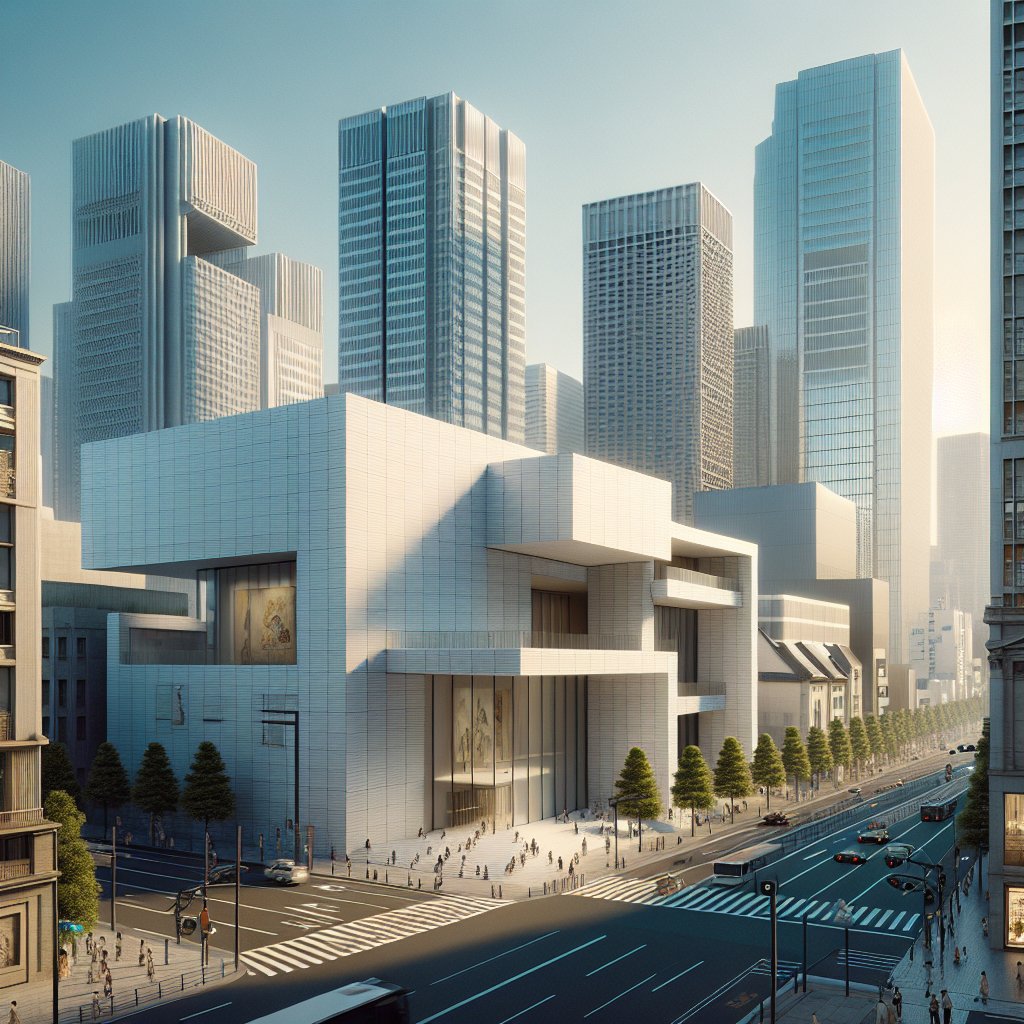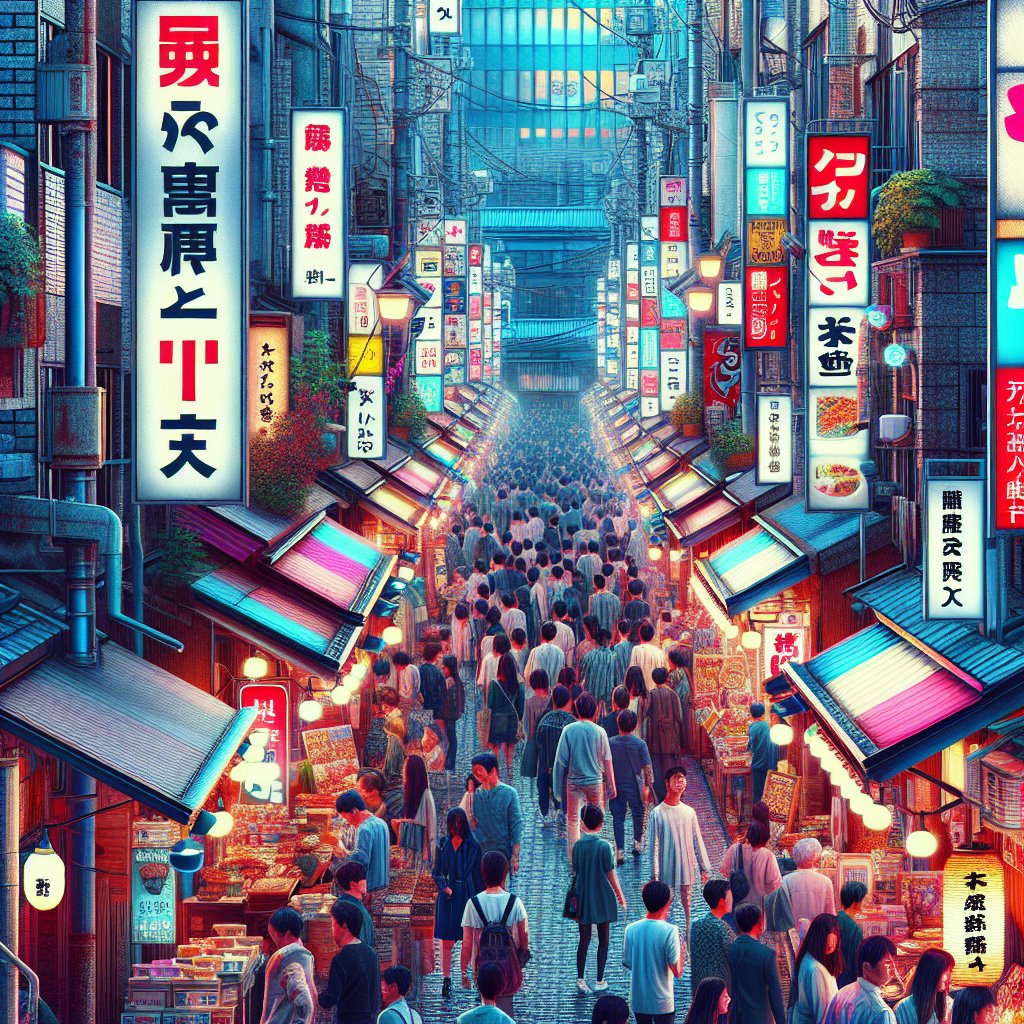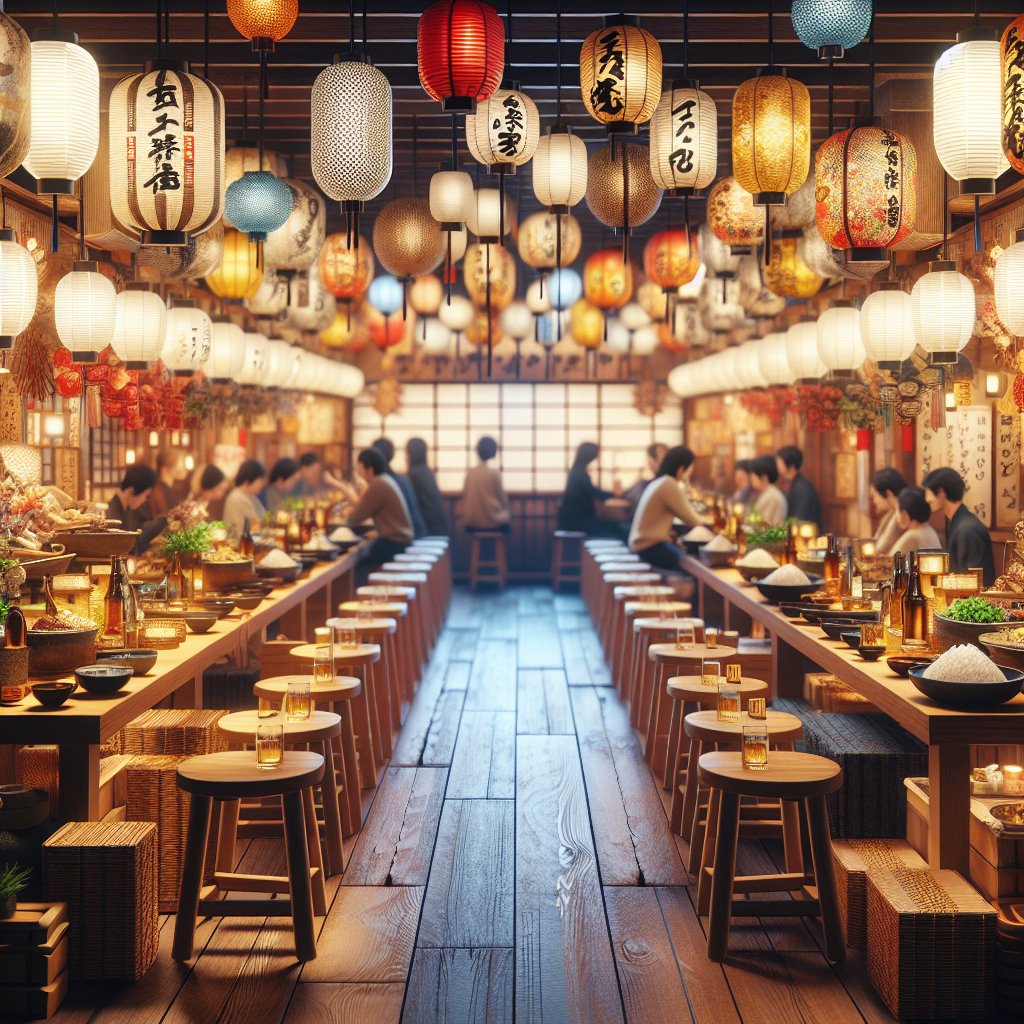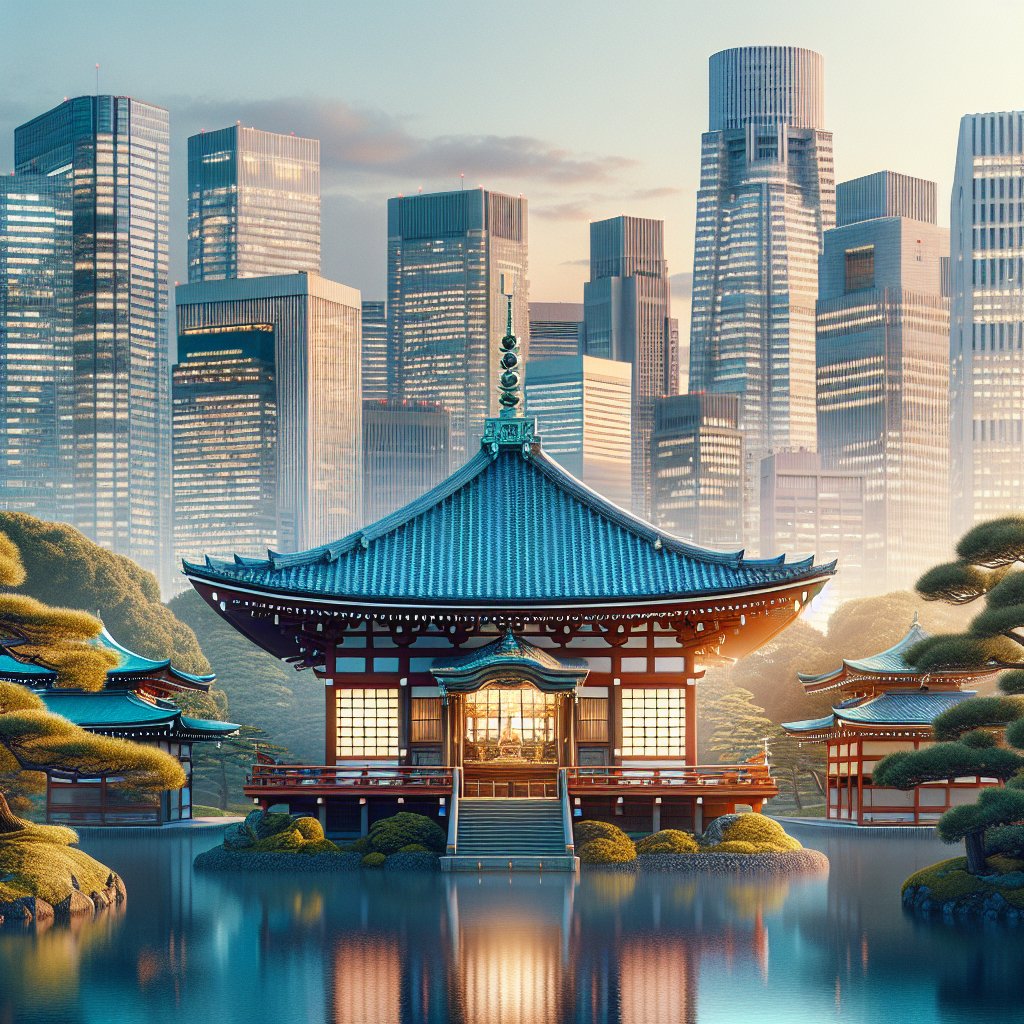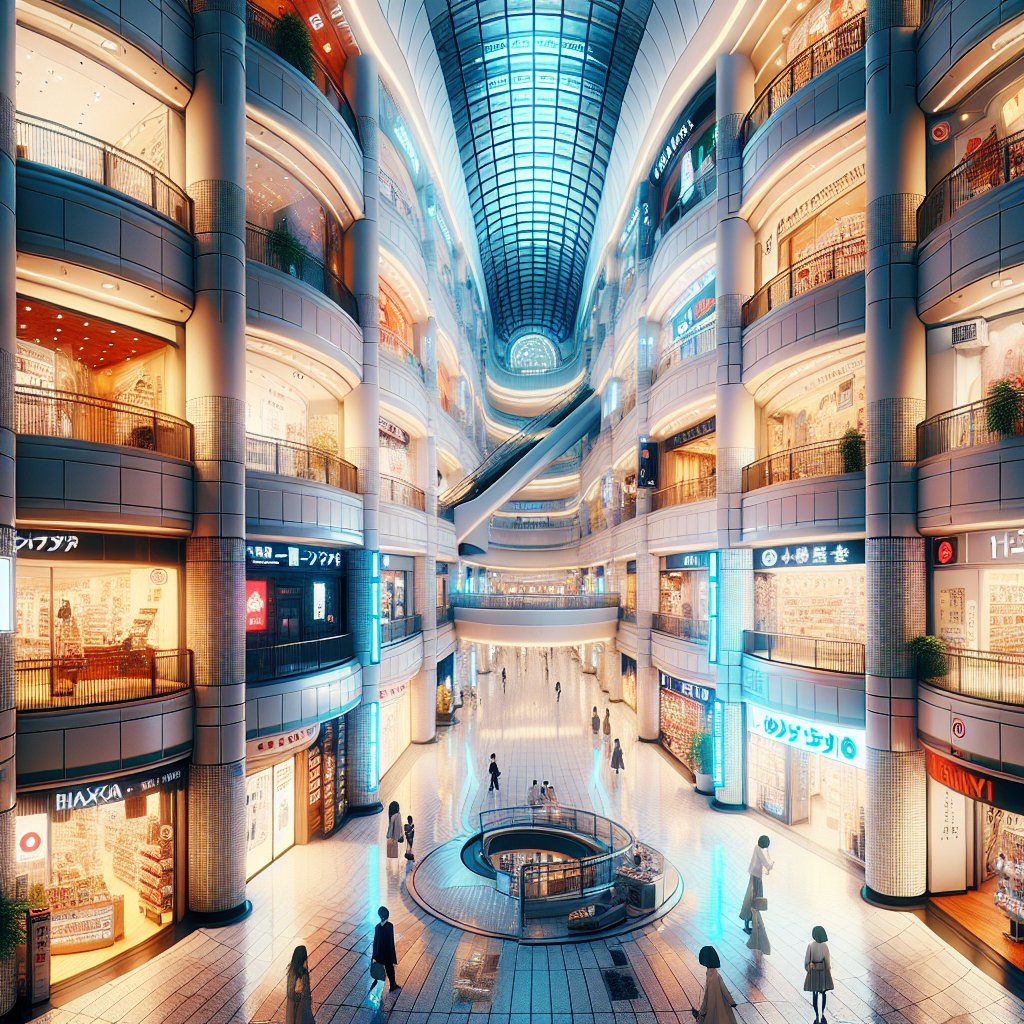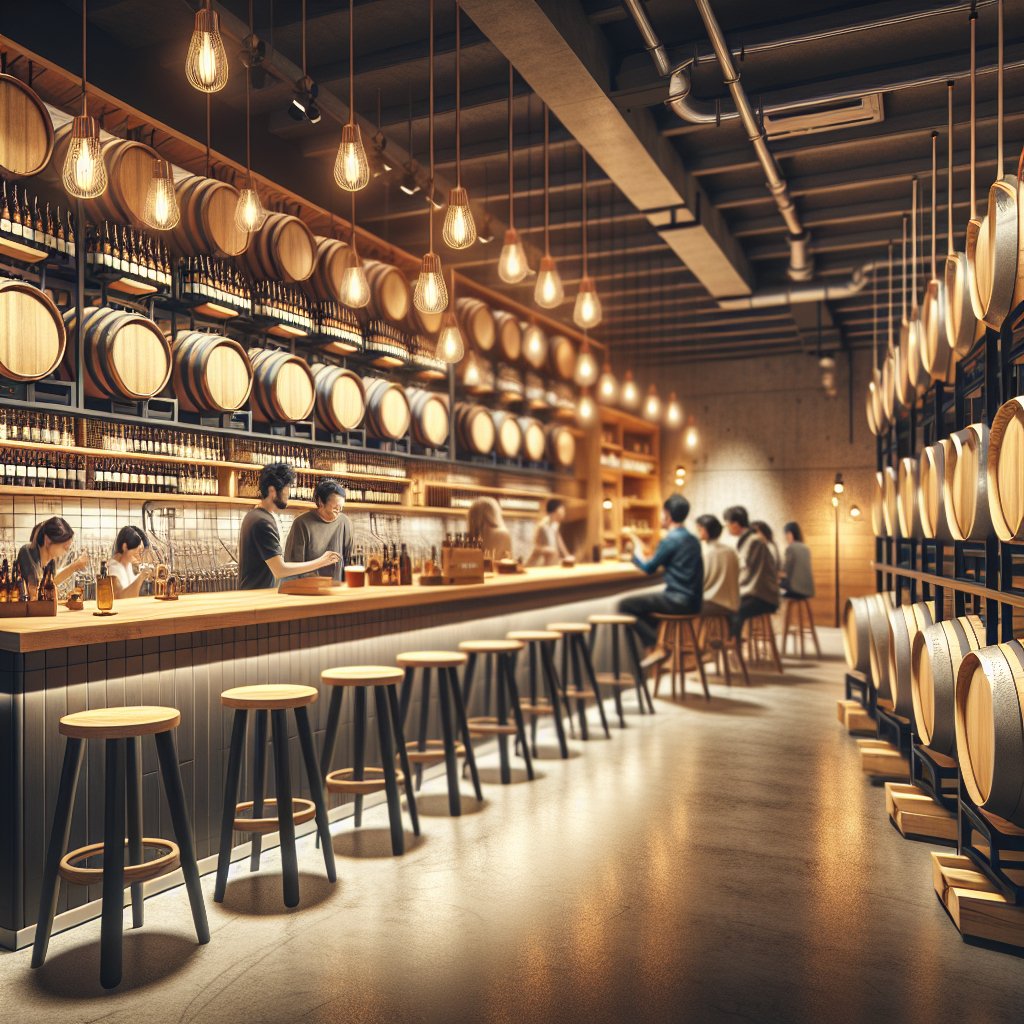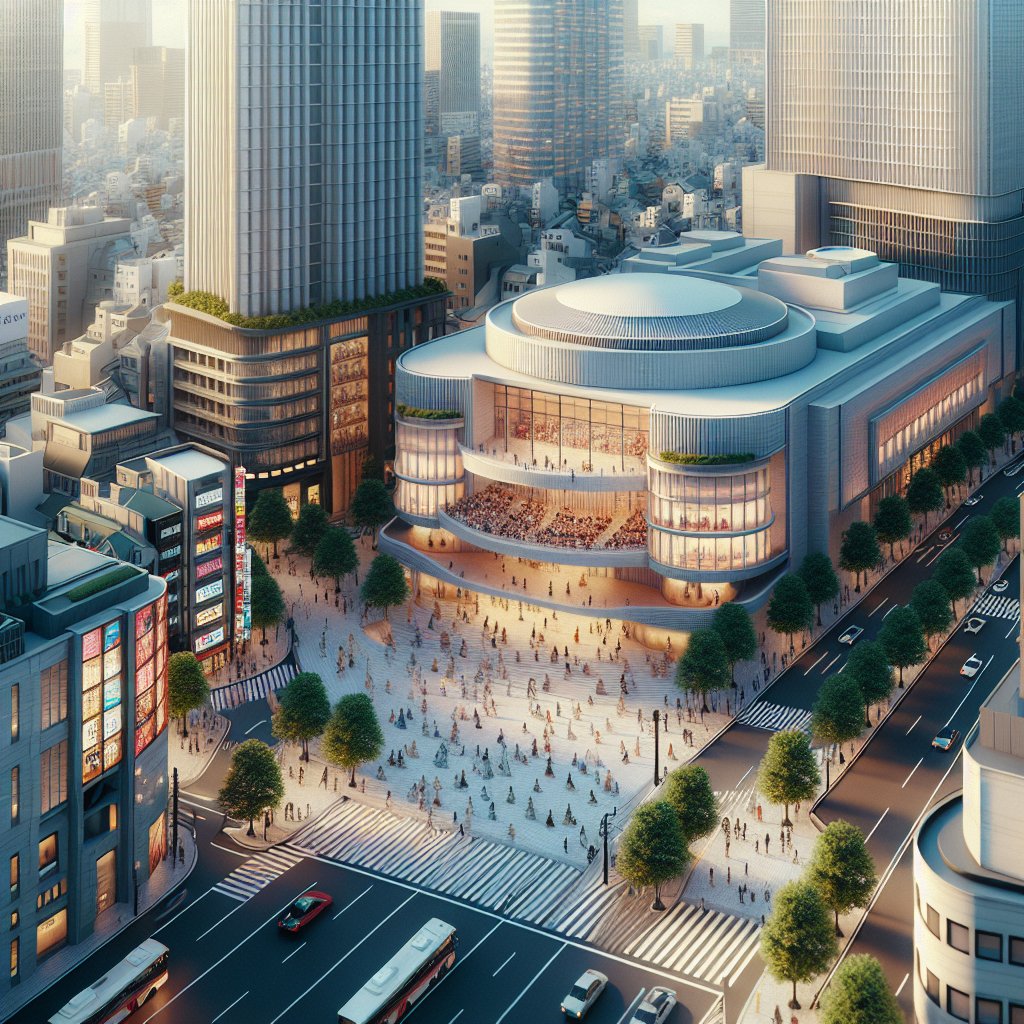Tokyo, the bustling capital of Japan, is a city that seamlessly blends tradition with modernity, offering a plethora of cultural experiences for both locals and tourists. Among its many attractions, the Museum of Contemporary Art stands out as a beacon of creativity and innovation. This article delves into the highlights of Tokyo’s Museum of Contemporary Art, exploring what visitors can expect to see and experience in this dynamic cultural hub.
History and Architecture of the Museum
The Museum of Contemporary Art in Tokyo, often abbreviated as MOT, opened its doors in 1995. Located in the Kiba Park area of Koto Ward, the museum was established to showcase contemporary art from both Japan and around the world. The building itself is a masterpiece of modern architecture, designed by the renowned architect Takahiko Yanagisawa. Its sleek, minimalist design reflects the museum’s commitment to contemporary aesthetics, providing a perfect backdrop for the diverse range of artworks housed within its walls.
The museum’s architecture is characterized by its use of natural light, open spaces, and clean lines, creating an environment that encourages contemplation and engagement with the art. The building’s design also incorporates elements of traditional Japanese architecture, such as the use of natural materials and an emphasis on harmony with the surrounding environment. This blend of old and new is a fitting representation of Tokyo itself, a city where ancient temples stand alongside cutting-edge skyscrapers.
Permanent Collection and Exhibitions
The Museum of Contemporary Art in Tokyo boasts an impressive permanent collection that spans a wide range of mediums and styles. The collection includes works by both Japanese and international artists, with a particular focus on post-World War II art. Visitors can expect to see pieces by iconic figures such as Yayoi Kusama, known for her polka-dot motifs and immersive installations, as well as works by emerging artists who are pushing the boundaries of contemporary art.
In addition to its permanent collection, the museum hosts a variety of temporary exhibitions throughout the year. These exhibitions often feature cutting-edge works that explore current social, political, and environmental issues, providing visitors with a thought-provoking and immersive experience. The museum’s curatorial team is dedicated to showcasing a diverse range of voices and perspectives, ensuring that each exhibition offers something new and exciting for visitors to discover.
Interactive and Educational Programs
One of the key aspects of the Museum of Contemporary Art in Tokyo is its commitment to education and community engagement. The museum offers a range of interactive programs and workshops designed to inspire creativity and foster a deeper understanding of contemporary art. These programs cater to visitors of all ages, from children and families to art students and professionals.
Workshops often focus on specific techniques or themes, allowing participants to explore their own creativity while learning from experienced artists and educators. The museum also hosts lectures and panel discussions featuring artists, curators, and scholars, providing valuable insights into the world of contemporary art and its relevance to society today.
Visitor Information and Amenities
For those planning a visit to the Museum of Contemporary Art in Tokyo, there are several amenities and services available to enhance the experience. The museum is easily accessible by public transportation, with the nearest subway station just a short walk away. Once inside, visitors can take advantage of guided tours, available in multiple languages, to gain a deeper understanding of the artworks on display.
The museum also features a café and a gift shop, offering a selection of art-related books, prints, and souvenirs. The café provides a relaxing space for visitors to unwind and reflect on their experience, with a menu that includes both Japanese and international cuisine. Additionally, the museum is fully accessible, with facilities designed to accommodate visitors with disabilities.
Conclusion
Tokyo’s Museum of Contemporary Art is a must-visit destination for anyone interested in the vibrant world of contemporary art. With its stunning architecture, diverse collection, and engaging programs, the museum offers a unique and enriching experience for all who walk through its doors. Whether you are a seasoned art enthusiast or a curious newcomer, the Museum of Contemporary Art in Tokyo promises to inspire and captivate, leaving a lasting impression long after your visit.
